
We at howtosmile.org have frogs on the brain these days. Credit our new partner, the Association of Zoos and Aquariums (AZA), and their first-rate hands-on activities, such as Is Climate Change Good for Amphibians?
The answer to the question posed by the activity is all too evident. We're losing frogs (and toads, salamanders, and newts) all the time. Some of them disappear shortly after they're discovered! The good news is that researchers in the field--especially in the rainforests of South and Central America--are also discovering new species of amphibians.
Lost Frogs
Last seen in 1985: Gastric brooding frog (Rheobatrachus silus), Australia
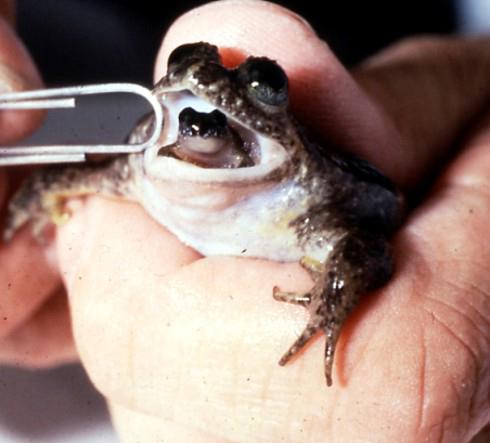
To reproduce, females of the species swallow eggs, raise tadpoles in their stomachs, and give birth to froglets through the mouth.
Last seen in 1989: Golden toad (Bufo periglenes) of Costa Rica
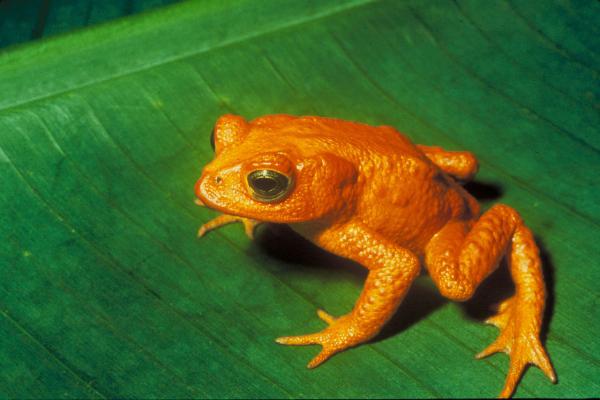
Golden toads were originally discovered in 1966 in Costa Rica's Monteverde Cloud Forest. The species went from abundant to extinct in just a few decades; the Golden toad was last seen in 1989.
Last seen in 1914: Mesopotamia Beaked Toad (Rhinella rostrata), Colombia
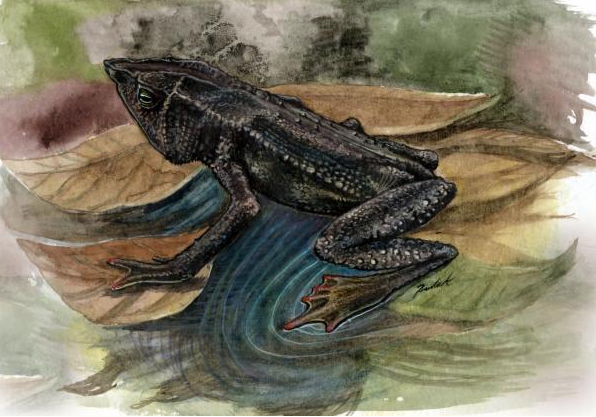
This species, with a distinctive pyramid-shaped head, was discovered and sketched in 1914. That was the last time anyone saw it.
Here's a slideshow about the top ten lost frogs.
Found Frogs
Scientists involved in Conservation International's Search for Lost Frogs Campaign recently partnered with Colombian herpetologists (those who study amphibians and reptiles) in a search for the Mesopotamian Beaked toad. They didn't find it, but they did find a trio of previously unknown species:
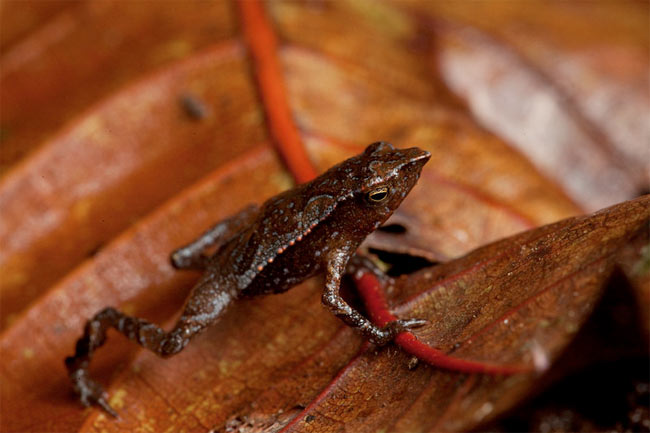
1. A new species of beaked toad (genus Rhinella) has a head that resembles dead leaves, where the about 0.8-inch (2 centimeters) long animal hides out. The toad likely skips the tadpole stage, laying eggs on the forest floor that hatch directly into toadlets.
Conservations International's amphibian conservation specialist Robin Moore described it as "easily one of the strangest amphibians I have ever seen. Its long pointy snout-liked nose reminds me of the nefarious villain, Mr. Burns, from The Simpsons television series."
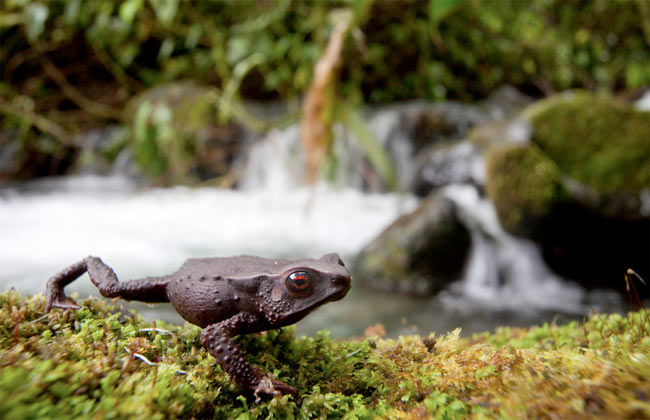
2. The ruby-eyed toad is about 1.2 to 1.6 inches (3 to 4 cm) in length, and lives at an elevation of around 6,560 feet (2,000 meters) in the Chocó montane rainforest in Colombia.
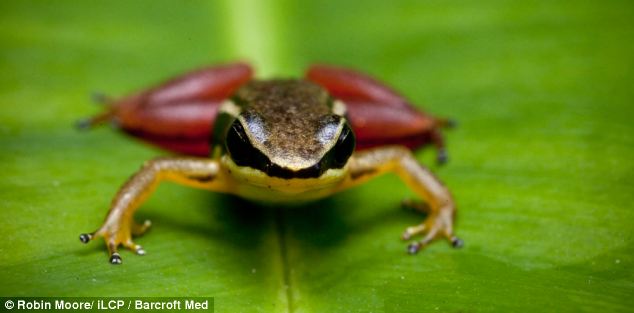
3. The rocket frog, belonging to the genus Silverstoneia, is a type of poison dart frog. This small species, growing no larger than 1.2 inches (3 cm) in length, is less poisonous than its brightly colored relatives. The frogs live in and around streams, where they carry newly hatched tadpoles on their backs to deposit them in water to complete their development.
